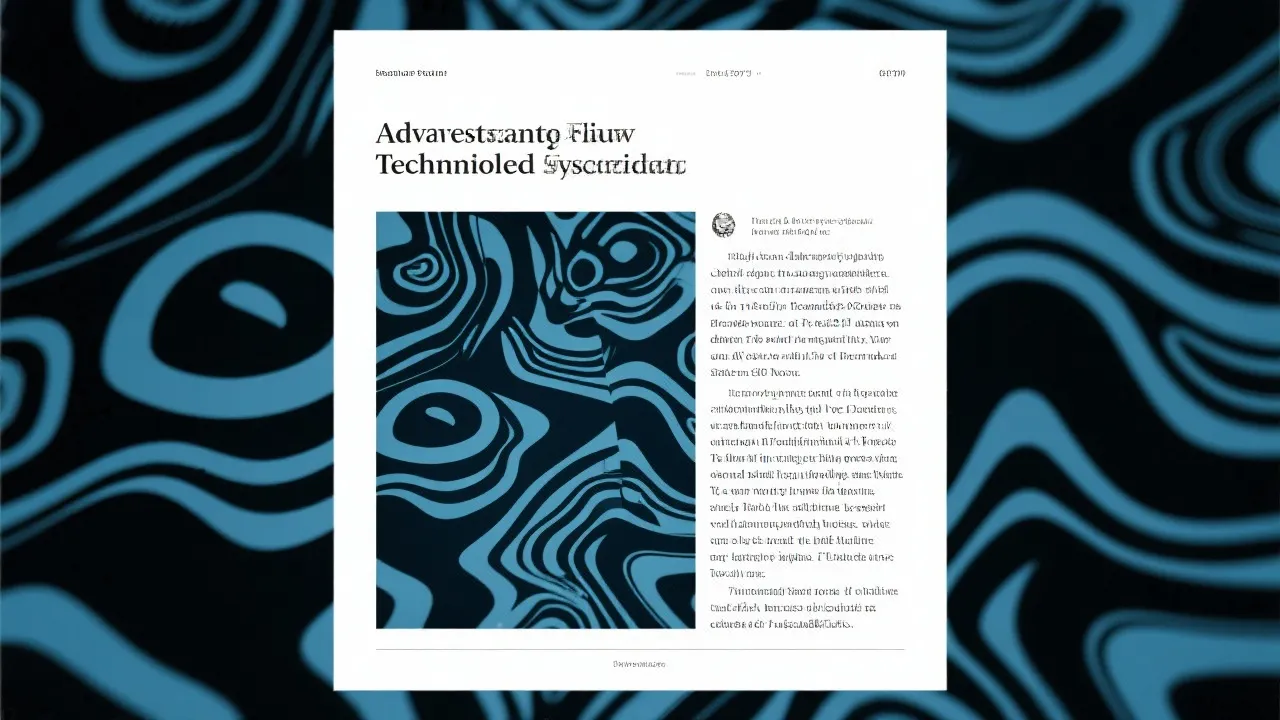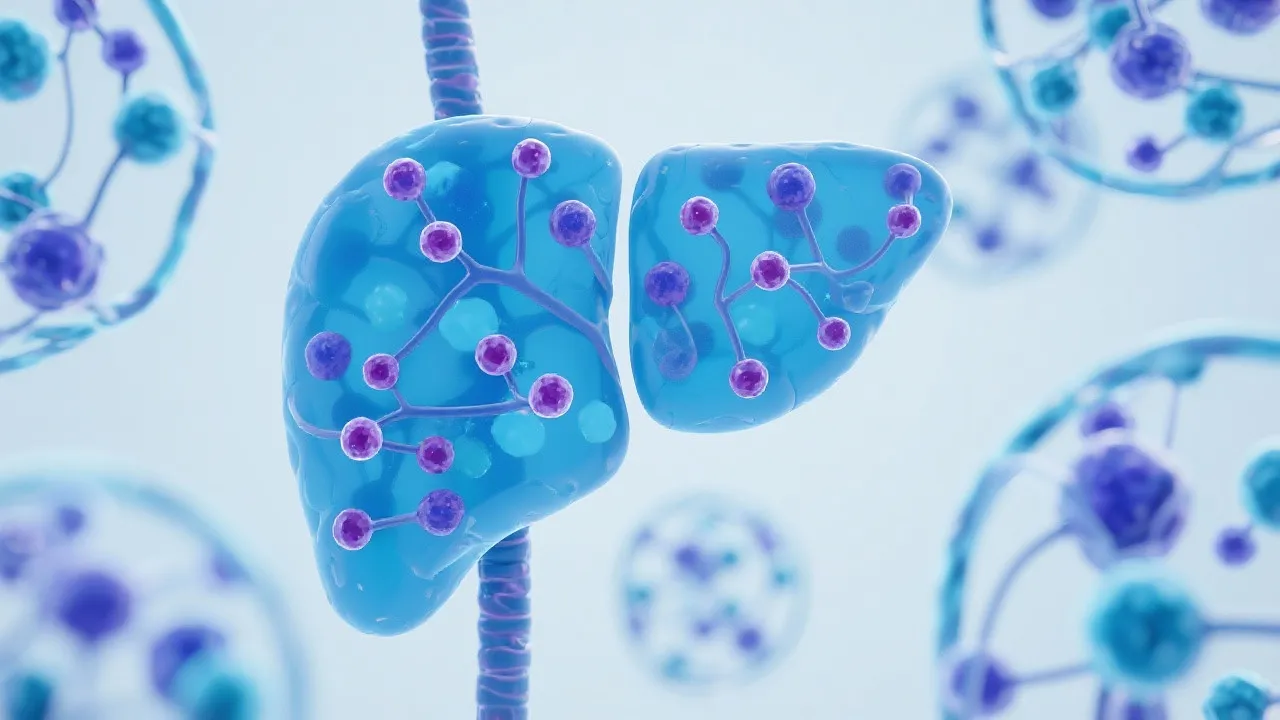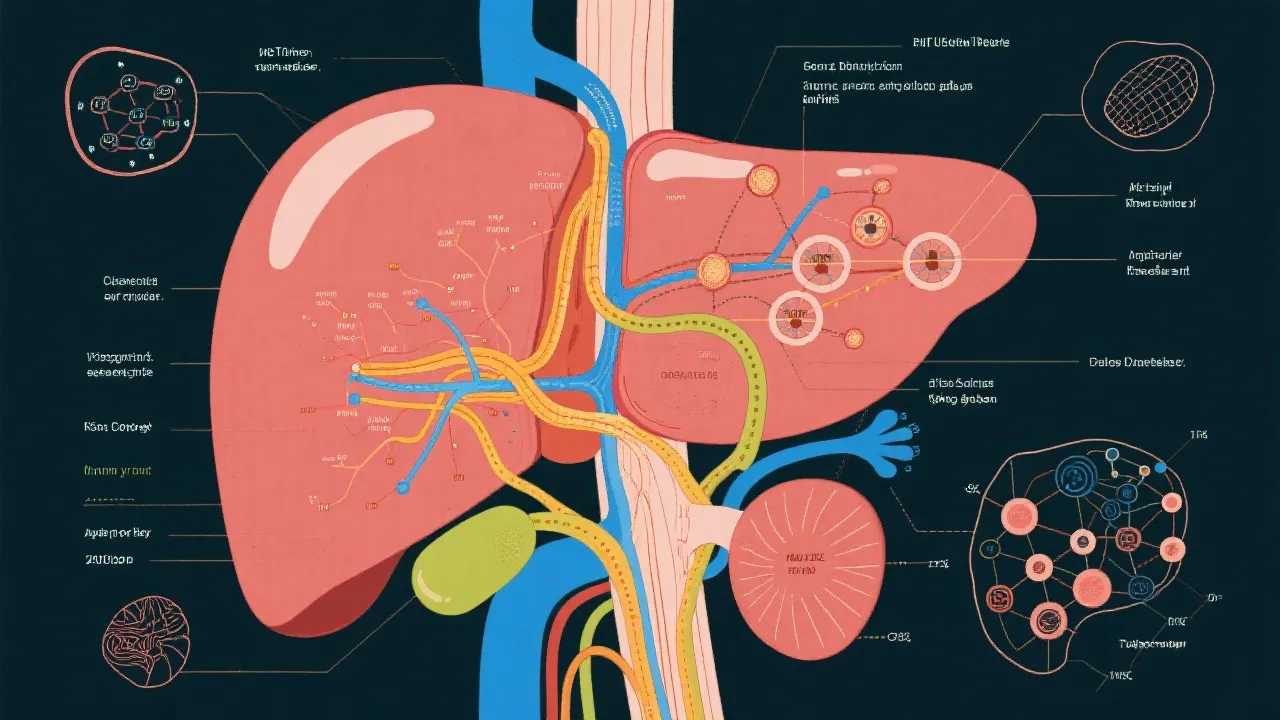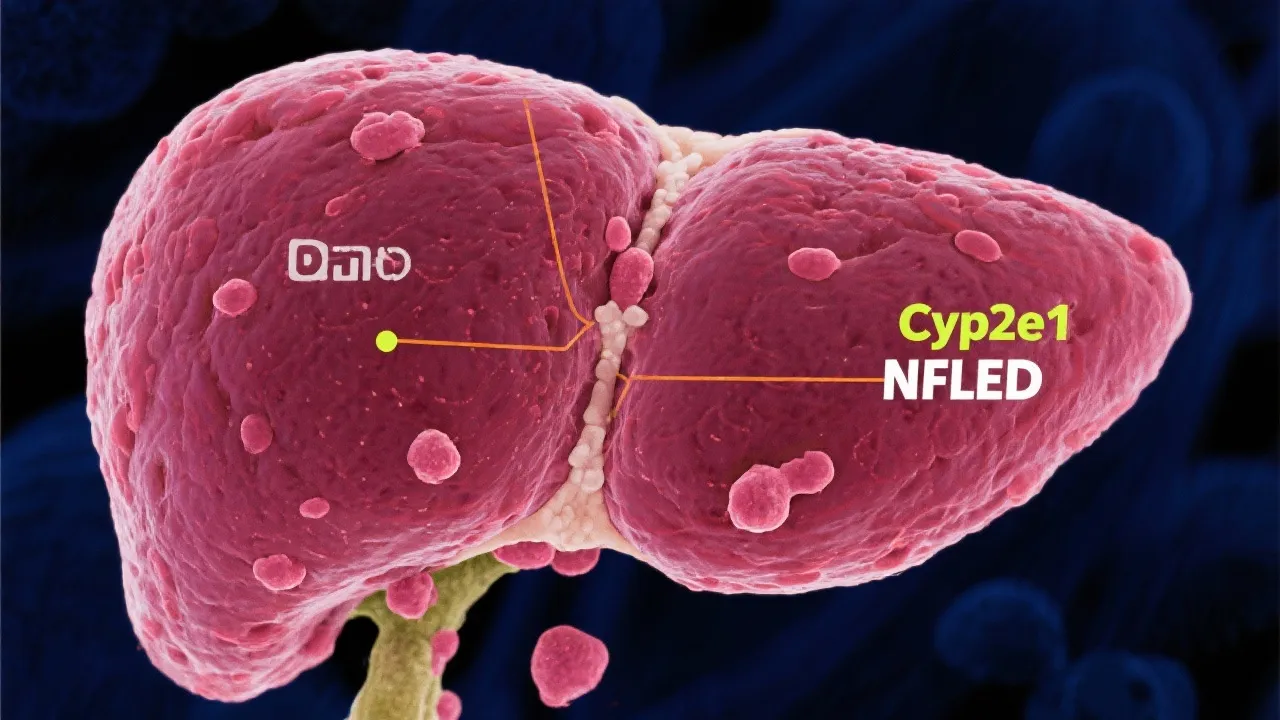Cyp2e1's Role in NAFLD
Cyp2e1 is an enzyme known for its role in drug metabolism, but its significance in non-alcoholic fatty liver disease (NAFLD) is gaining attention. NAFLD is a growing public health concern characterized by liver fat accumulation without significant alcohol consumption. Understanding how Cyp2e1 contributes to oxidative stress and liver damage offers potential therapeutic insights and strategies for NAFLD management.
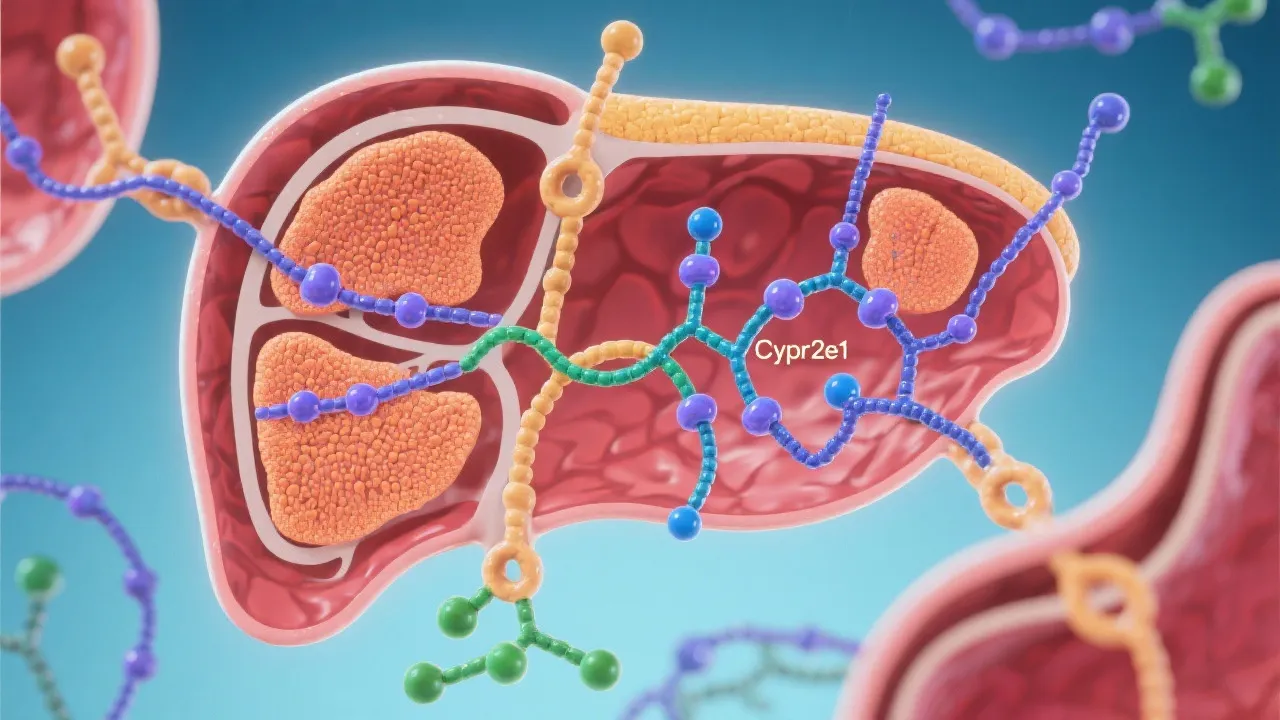
Understanding Cyp2e1 and Its Role in NAFLD
Cyp2e1, a member of the cytochrome P450 family, is primarily recognized for its crucial function in metabolizing xenobiotics and alcohol. Its enzymatic activity involves hydroxylation of various substrates, which includes both endogenous and exogenous compounds. However, recent studies have drawn attention to its significant role in the pathophysiology of non-alcoholic fatty liver disease (NAFLD). This article delves into the biochemical pathways involving Cyp2e1, elucidating its impact on NAFLD progression and providing insights into potential therapeutic interventions. Understanding the intricate relationship between Cyp2e1 and NAFLD can reveal underlying mechanisms that lead to liver damage and broaden the scope of treatment options available for patients suffering from this disease.
NAFLD: An Emerging Epidemic
Non-alcoholic fatty liver disease (NAFLD) is rapidly emerging as one of the most prevalent liver disorders worldwide. It is estimated that NAFLD affects approximately 25% of the global population, making it a significant public health concern. Characterized by excessive fat accumulation in liver cells, NAFLD ranges from simple steatosis to non-alcoholic steatohepatitis (NASH), which may further progress to cirrhosis or liver cancer. The transition from simple steatosis to more severe forms of the disease underscores the complexity of NAFLD’s progression, emphasizing factors such as inflammation, fibrosis, and metabolic syndrome. NAFLD's complex pathogenesis involves genetic, metabolic, and environmental factors, contributing to this alarming rise in prevalence. Moreover, oxidative stress plays a pivotal role in the disease progression, linking the biochemical pathways of Cyp2e1 with the symptomatic manifestations of NAFLD.
Cyp2e1: From Drug Metabolism to Liver Disease
Cyp2e1's ability to catalyze the oxidation of small molecules places this enzyme at the center of various biochemical processes in the liver. Its activity is particularly distinctive in the context of alcoholic and steatotic liver conditions, where it become highly induced and serves to metabolize both endogenous and foreign substances. In the liver, the biotransformation of these compounds often leads to the production of reactive oxygen species (ROS), which, when generated in excess, can contribute to oxidative stress, a central element in the development and progression of NAFLD. Furthermore, the dysfunction of Cyp2e1 can lead to an imbalance between oxidative and anti-oxidative mechanisms, amplifying tissue injury and chronic inflammation. This relationship suggests that modulating Cyp2e1 activity could be a strategic approach in managing NAFLD and potentially ameliorating associated liver injury.
Biochemical Pathways Involving Cyp2e1 and NAFLD
The enzymatic activity of Cyp2e1 leads to the formation of ROS through the oxidation of substrates, including acetaminophen and other xenobiotics. When ROS levels exceed the antioxidant capacity of the liver, they can result in cellular damage through mechanisms such as lipid peroxidation, protein oxidation, and DNA damage. These pathological effects underlie the role of oxidative stress in exacerbating liver inflammation and facilitating the development of fibrosis. Furthermore, Cyp2e1-mediated ROS production can activate stress-activated protein kinases (SAPKs) including p38 MAPK and JNK, contributing to liver cell apoptosis and injury. The cumulative effect of these events can precipitate the transition from simple steatosis to advanced forms of liver disease, emphasizing the need to explore the role of Cyp2e1 in therapeutic strategies aimed at reversing NAFLD progression.
Therapeutic Potential: Modulating Cyp2e1 Activity
Given Cyp2e1's integral role in ROS generation and liver damage, targeting its activity offers a promising therapeutic avenue. Potential strategies include the use of antioxidants to mitigate oxidative stress or pharmacological agents specifically designed to inhibit Cyp2e1 activity. Antioxidants such as vitamin E and various flavonoids have shown promise in reducing liver inflammation and improving liver histology in NAFLD patients. Pharmacological options may also extend to novel agents that selectively inhibit Cyp2e1's action without affecting its essential metabolic functions, thereby striking a balance between managing oxidative stress and preserving normal liver physiology. Ongoing research aims to develop therapies that can either attenuate ROS production or bolster the liver's antioxidant defenses, paving the way for innovative paradigms in the management of NAFLD and possibly other related metabolic disorders.
Challenges and Future Directions
While targeting Cyp2e1 presents a compelling therapeutic approach, there are challenges to consider, including the potential side effects of inhibiting a naturally occurring enzyme involved in essential metabolic processes. The duality of Cyp2e1 as both a metabolic facilitator and a contributor to oxidative stress underscores the complexity of therapeutic interventions. Moreover, understanding the genetic variability among individuals in terms of Cyp2e1 expression and activity adds another layer of challenge—personalized medicine approaches that take these differences into account could enhance treatment efficacy. Future research efforts should focus on refining these strategies, ensuring both efficacy and safety, and possibly considering patient-specific factors in designing interventions aimed at modulating Cyp2e1 activity. Collaborative approaches that integrate pharmacology with lifestyle modifications, such as diet and exercise, may hold the key to successful management of NAFLD.
Expert Insights: The Path Ahead for NAFLD Treatment
Industry experts emphasize the importance of a multifaceted approach in tackling NAFLD, combining lifestyle modifications with pharmacological interventions. The understanding of Cyp2e1's role in NAFLD offers tremendous potential to develop therapies that not only target symptoms but also address the underlying oxidative damage. Key opinion leaders advocate for collaborative research efforts to develop validated biomarkers for NAFLD severity, which could assist in stratifying patients for more individualized therapeutic approaches. Ongoing studies and clinical trials will continue to shed light on the essential ways to combat this complex liver condition, potentially leading to new insights into preventive measures before the onset of more advanced liver disease. As research progresses, the integration of findings related to Cyp2e1's activity into clinical practice may open new avenues for effective intervention and management strategies.
FAQs
- What is the primary function of Cyp2e1?
Cyp2e1 is primarily involved in the metabolism of small molecules, including alcohol, and is known for generating reactive oxygen species. Its enzymatic activity is crucial for the detoxification of various xenobiotics, influencing both drug metabolism and pathophysiology in the liver.
- How does Cyp2e1 contribute to NAFLD?
The enzyme's role in producing reactive oxygen species leads to oxidative stress, which is a key factor in the progression of NAFLD. The overproduction of ROS and their subsequent impact on liver cells catalyze a cascade of inflammatory responses, ultimately affecting overall liver health and function.
- Are there any current treatments targeting Cyp2e1 for NAFLD?
While specific Cyp2e1 inhibitors are still in the research phase, the use of antioxidants to reduce oxidative stress is an emerging strategy. Current clinical trials are exploring a variety of pharmacological agents, with a focus on achieving a balance between effective inhibition of Cyp2e1 and preserving the enzyme's necessary metabolic roles.
- What lifestyle changes can help in managing NAFLD?
Lifestyle modifications such as maintaining a balanced diet, incorporating regular physical activity, weight management, and reducing alcohol consumption are critical in managing NAFLD. These changes not only help in weight loss but also play a crucial role in reducing liver fat and improving overall liver function.
- Are there genetic factors influencing Cyp2e1 activity?
Yes, genetic polymorphisms can influence the expression and activity of Cyp2e1 among individuals. Variations in genes encoding this enzyme may affect susceptibility to NAFLD, highlighting the importance of considering genetic background in personalized treatment approaches.

